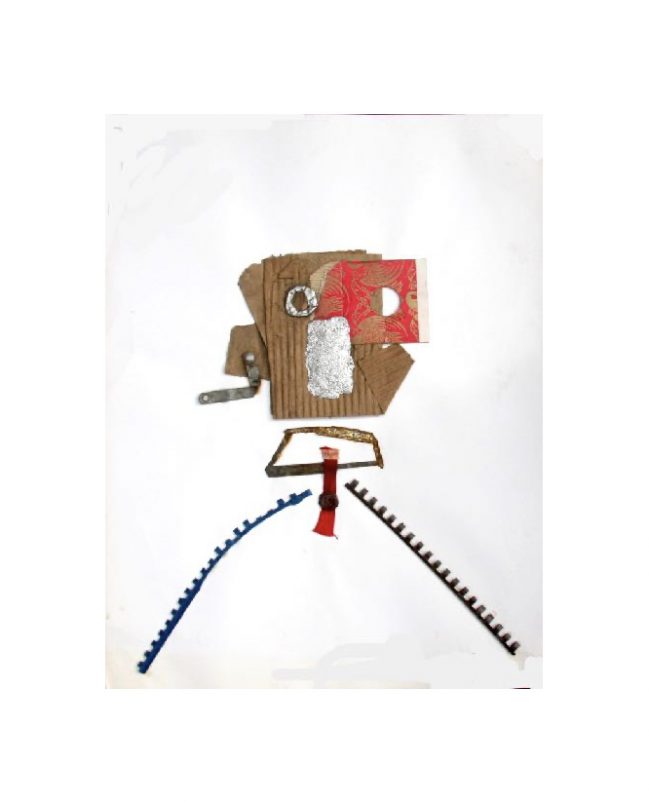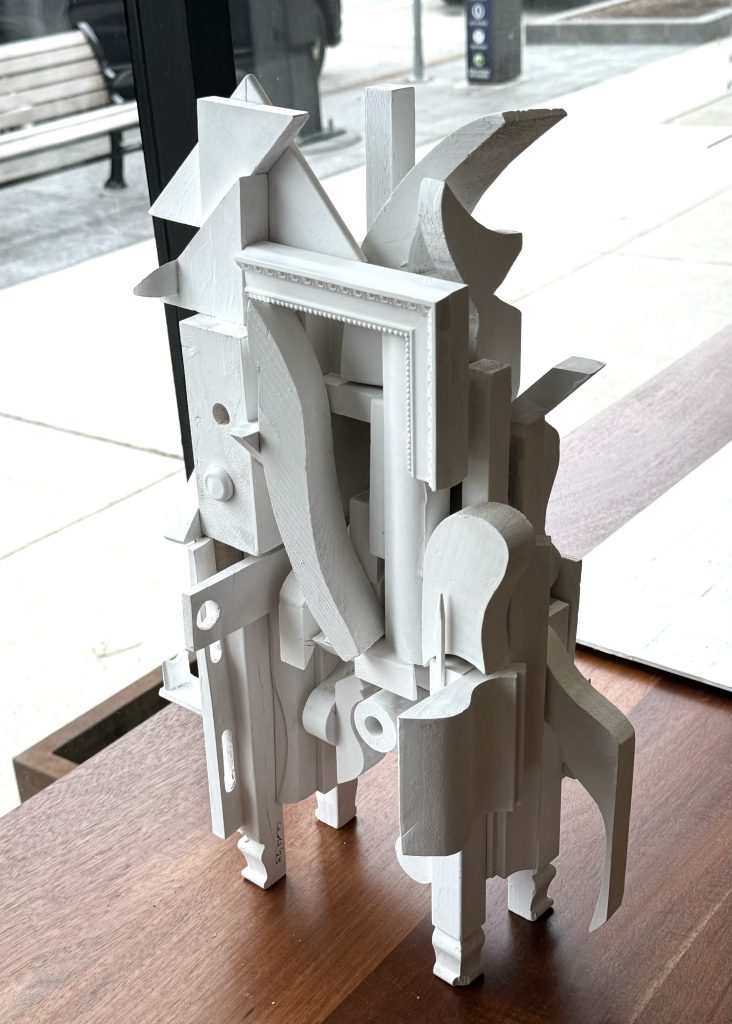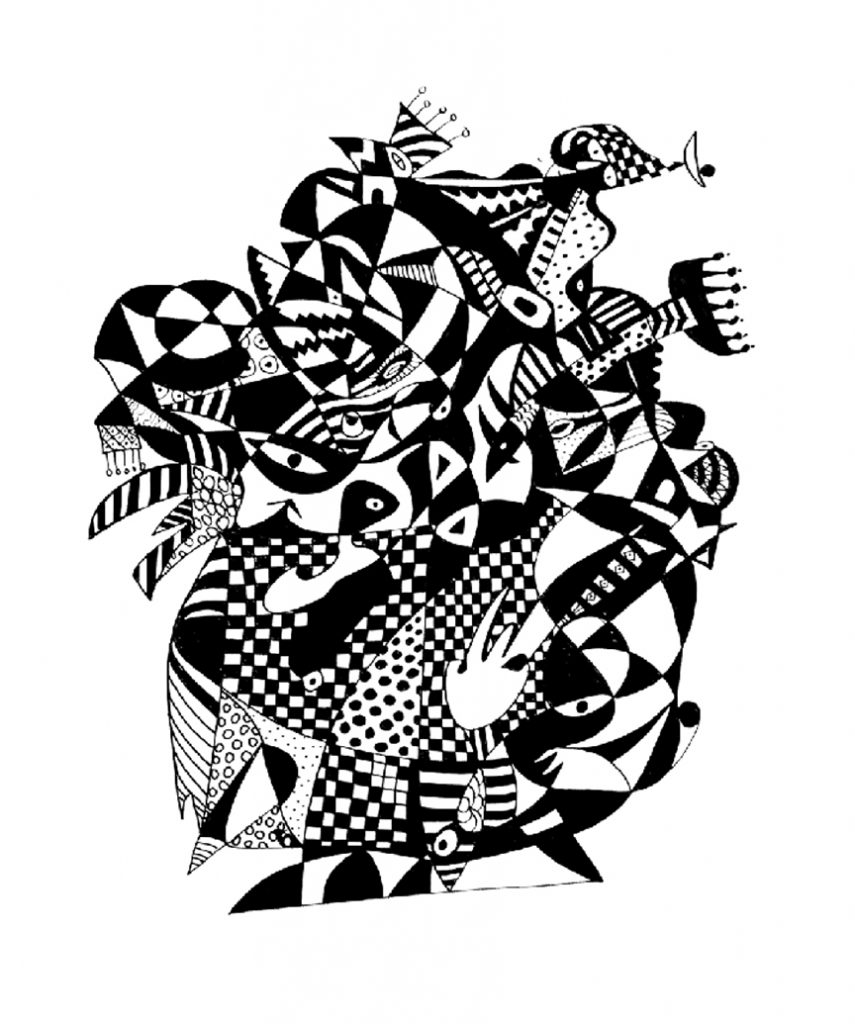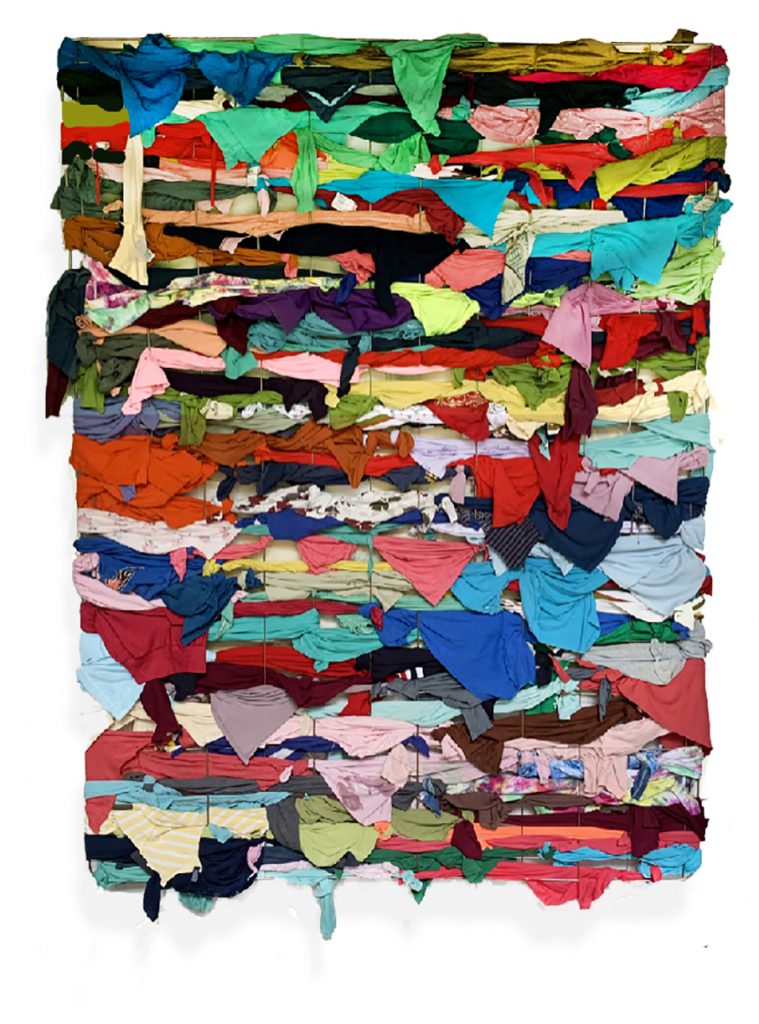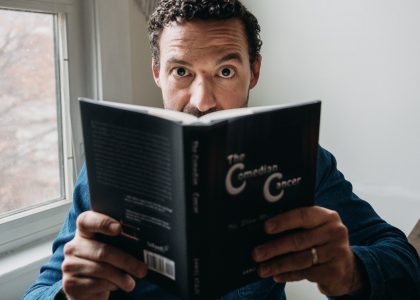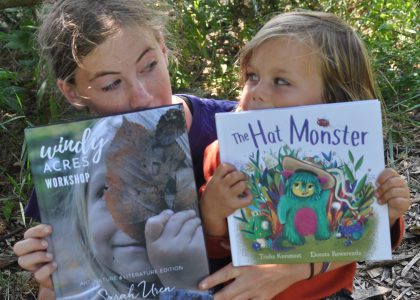Author of the Month: Multifaceted Artist Paul Cade
Discover the inspiring journey of author and filmmaker Paul Cade, Tellwell’s Author of the Month
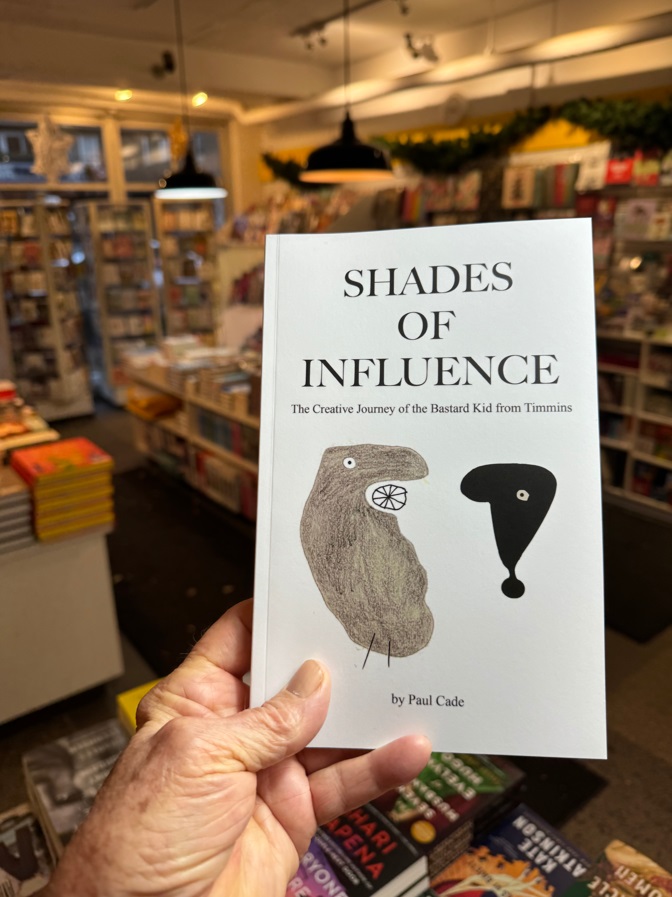
Meet Paul Cade, our Tellwell Author of the Month, whose life story reads like a captivating whirlwind of creativity and resilience. From unconventional beginnings to a remarkable career spanning the realms of art, film, and writing, Paul’s memoir, Shades of Influence, offers a candid glimpse into his fascinating journey. Delving into his childhood memories, diverse creative pursuits, and battle with cancer, Paul’s narrative is a testament to the power of perseverance and the triumph of the human spirit. Join us as we explore the intricate tapestry of Paul’s life and work in this exclusive interview.
After years of working in the advertising and film businesses I was used to showing up every day and putting in the work. Every morning at a coffee shop I would do storyboards for each new project, or I would be teaching myself to write screenplays, or I would be sketching in a sketch book that I always carried with me. When I started to write my memoir, I already had developed a habit of showing up every day and putting in the work.
Paul Cade

Your artwork is incredibly diverse, ranging from sculptures made from recycled materials to paintings created with acrylics, charcoal and even a Hollywood film. What inspires this wide array of mediums and techniques?
What drives me? Curiosity! I am insanely curious. I get bored easy. I approach work with an open mind and no expectation. I constantly ask myself “what if,” which I have been doing since I was a small boy. I am more interested in discovering new things that I am in mastering a technique. I am addicted to the happy accident and repeating myself bores me. This may possibly be aided by the fact that I am ADHD with a touch of dyslexia. I tend to jump in first and figure things out later, like when I taught myself to swim or how to create and shoot a commercial.
From the time I was a kid I have been picking up found objects, like a stone or a piece of rusted metal that has washed up on the beach, a railway spike (I loved railway spikes as a kid), a piece of rusted metal, a dismembered kid’s bike washed up on the beach, a scrap of fabric found on a dirt road in Mexico, or a corner of a torn-up letter. I find beauty everywhere. I am a big fan of wabi sabi—finding beauty in things that most people dismiss as ugly or garbage. I see beauty everywhere.
Almost anything can inspire me, whether it is some random paint patches covering up graffiti on an alley wall, a rotting painter’s drop cloth found in a neighbourhood gutter, a pattern of sunlight on a wall, a broken plate found in an alley, a chunk of barbed-wire fence given me by a friend, a road sign found in a dump, a beet or blueberry stain left on a salad plate, the paper core of a poop bag or an image I stumble across on Instagram or in an art gallery . . . almost anything can send my imagination into hyperspeed.
The one exception is writing. It was never a dream of mine; I failed English all through grade school and did not much better in high school. When at seventy-four it was strongly suggested that I write, I thought that it was the most ridiculous idea I had ever heard. Truth is that I was scared. I was comfortable in the visual world, but I was a stranger in a world of words. Finally, after almost a year of scuffling around with writing and reading recommended authors (research is a big part of what I do), I saw the writing as just another creative challenge where words became my paints or found objects. I wrote a poem about how insecure I felt about my ability to write:
My Words
My words seem crude and insignificant
in the shadow of the great poets.
My words are plain and awkward
in the face of Walt Whitman’s
fluid beauty.
My words lack the alchemy
of the blessed and gifted greats.
But like grains of sand
my words hold their place with
a humble dignity and strength
adding to the whole
of what is.Paul Cade
Though they may fall
on indifference,
they hold their heads up
grateful for the chance
to breathe.
Can you share a bit about your creative process? How do you approach starting a new piece, and how does it evolve from concept to completion?
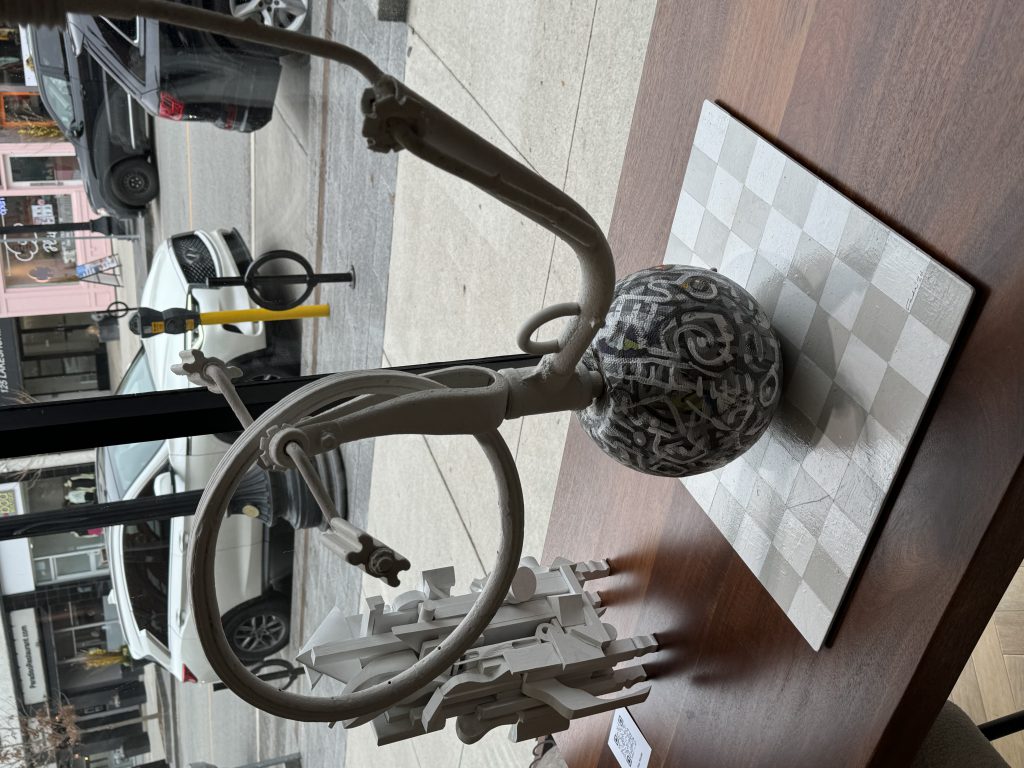
In high school, I had an art teacher that pooh-poohed the importance of a muse. He said, “If we waited for a muse to appear and inspire us before we picked up a brush, we would end up doing nothing. He continued, “The key to becoming an artist, a musician, dancer, architect, chef, carpenter is simply to show up every day and put in the work without expectation and an open mind.” He further said, “When you are stuck, have no ideas, no nothing, simply go into the studio and start cleaning brushes or sweeping the floor, anything that gets you involved in doing and out of your mind. You will inevitably find yourself creating something, and if it doesn’t work, at least you will have clean brushes,” then he would laugh with a twinkle in his eye. The last thing that I remember him saying was about starting a work on paper or painting was that we had to just, “Throw up on the page and clean it up afterwards.” When I share that tidbit with my grandkids they collapse in yuks and peals of laughter.
After years of working in advertising and film I was used to showing up every day and putting in the work. Every morning at a coffee shop I would do storyboards for each new project, or I would be teaching myself to write screenplays, or I would be sketching in a sketch book that I always carried with me. When I started to write my memoir, I had already developed a habit of showing up every day and putting in the work. The other thing that I had learned along the way was that the most crucial and nerve-wracking part of the creative process is editing. Editing is how films are made, how dance routines are created, how paintings evolve, and songs become songs. Maybe it is not surprising, then, that when it came to editing the various drafts of the memoir it was natural. I love editing, but it takes guts to throw out your precious bits.
My creative process is simple: action, reaction. I make a mark and then react to it. The same with writing: I write a word, a sentence, a chapter and then react to it. It took me five years writing my book, showing up every day, and with the help of a gifted writing coach learning what to keep and what to edit. The magical part of my process is the happy accident. Whether it is painting or writing, I am always setting the stage for happy accidents. The happy accident is unpredictable, and for that reason it keeps things fresh and exciting. The happy accident has been part of my creative tool box for decades.
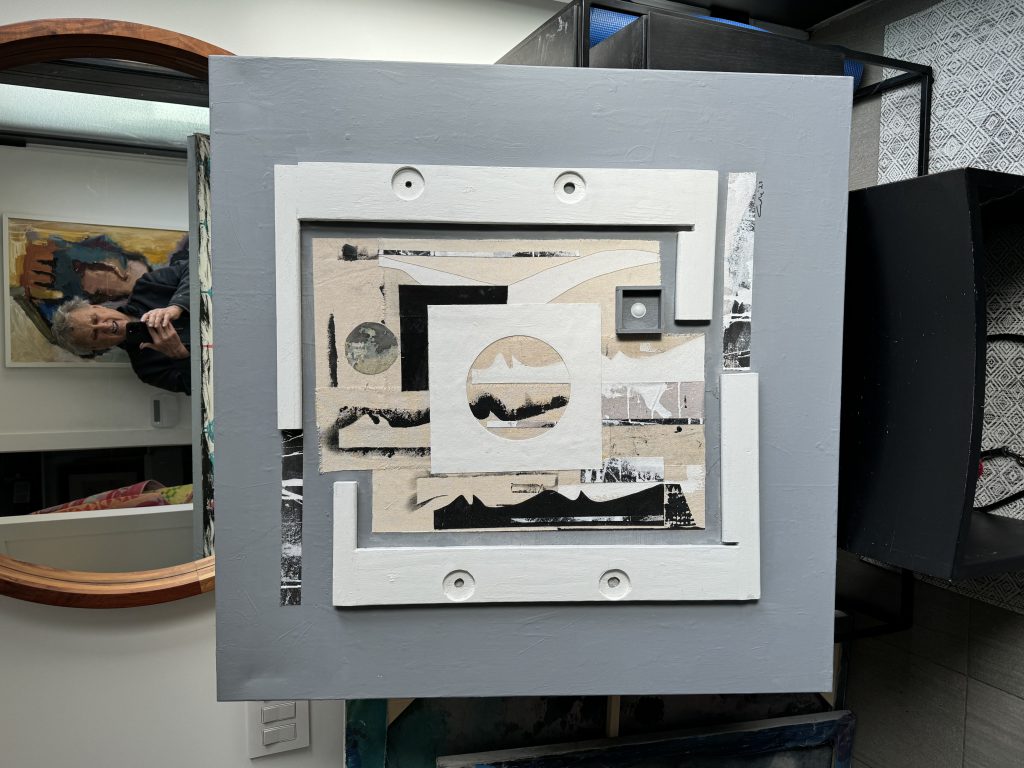
You’ve mentioned that you hate to repeat yourself and are always looking for a new challenge. Could you elaborate on how this philosophy influences your artistic journey and the types of projects you pursue?
My restless creative nature could have a lot to do with my ADHD brain and the fact that I was exposed to a lot of change as a kid. We moved to four different cities by the time I was five, and when I was five I had to learn a whole new language. I spoke only French, but the new city that we had moved to only spoke English. From these early years I learned to embrace change, and eventually it would allow me to think quickly on my feet, “grasp the nettle,” make changes and not be destroyed by it. This skill worked well in the advertising business and film business.
When I retired and started to paint, I would approach each painting as if it were a standalone creative challenge with no connection to the previous or future work. I have no formula. I seldom work from sketches and preconceived ideas. It is true that I have explored different techniques, like staining raw canvas or using found objects, but as soon as it becomes comfortable and a familiar pattern, I pivot and try to put myself into a place of not knowing, a place where I have no idea of what I am doing. The creative process for me is about feeling. I have operated from my gut most of my creative life. Writing the book is a prime example of putting myself in what seemed like an impossible situation.
I have five children and seven grandchildren, and not surprisingly none of them is totally like the other. Each has a unique personality. That is true with each piece of art that I create; they are like my children, and I want them to have their own distinctive personality.
I have tried to imbue all my work with integrity, honesty, and thought provocation. My work celebrates our humanity, shows how beauty is everywhere, even where we least expect it. My art is meant to challenging, to raise questions but give no answers. It is driven by the happy accident and the principles behind wabi sabi.
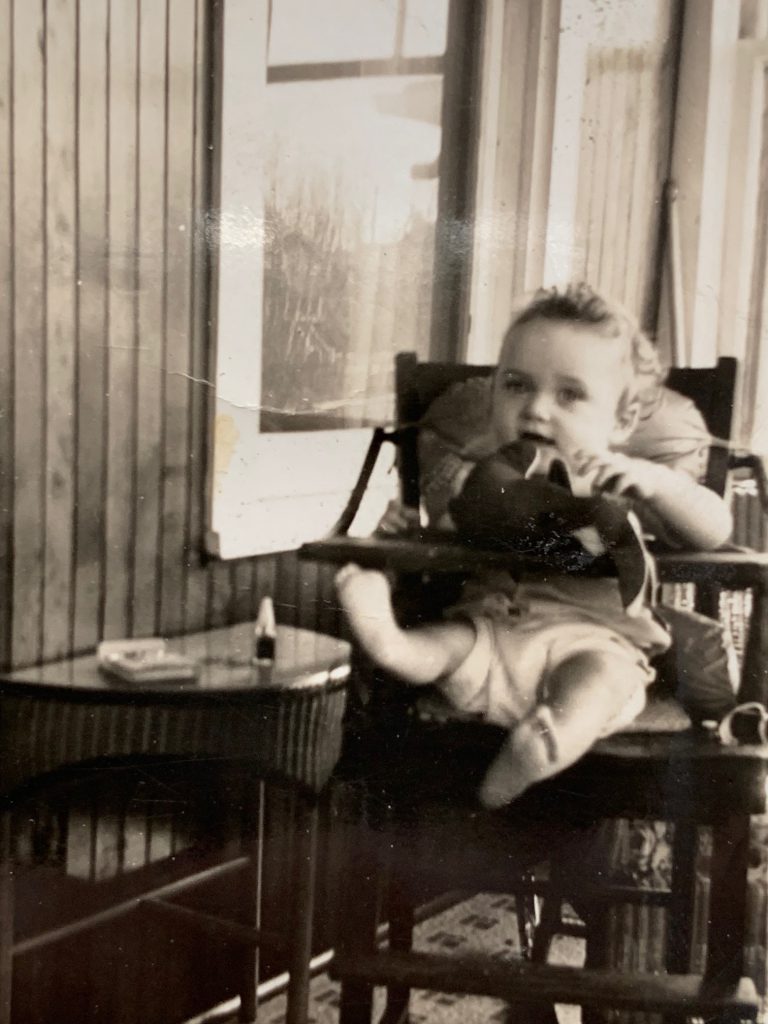
Your memoir, Shades of Influence, delves into your fascinating and unpredictable creative life, including your childhood, career in the creative arts, and your cancer journey. What motivated you to share your story in this format, and what message do you hope readers take away from it?
As I have said earlier, writing was never a dream of mine, and the idea of writing a book was just plain crazy. Though I do believe as a creative person who has been blessed with a lot of success (and failures) that I have a responsibility to share my experiences, the endless rejections and criticism and learning to not take no for an answer. My sharing has a lot to do with more that art; it is about living life creatively, about accepting change of learning to see failure as growth, and learning that we all are shades of influence. None of us gets to where we are on our own; we have countless teachers (some known, some unknown). I love this line: “When the student is ready the teacher will appear, and when the student is really ready the teacher will disappear.” That certainly has been true in my life, which I felt was important to share.
Considering that I never dreamed of writing a memoir, that I thought the idea deranged, what or who changed my mind? As unbelievable as it may seem, it was my angels. It came during a session with a median that I had been seeing as part of my self-made cancer regimen. The session had just begun when Shawna, my median, said that the angels were telling me to write. When I asked if they knew who they were talking to, Shawna laughed and assured me that they did. When I asked what I was supposed to write about, they replied, “About your creative life, the creative way you dealt with your cancer.” Though I was skeptical I started writing, moaning and groaning all the way until one day my wife blurted out, “Just shut up and write!” After throwing up on the page to the tune of ninety thousand words, I realized I needed a writing coach. She guided me through five drafts over four years. The other big change was that I started to see it as just another creative challenge. I am a sucker for a creative challenge. The real crazy part was that storytelling was natural for me, and the writing became easier as at days past, but reading was another story. Reading has always been painful. I am excruciatingly slow. Thank God the Word program has an audio playback option, which became a blessing.
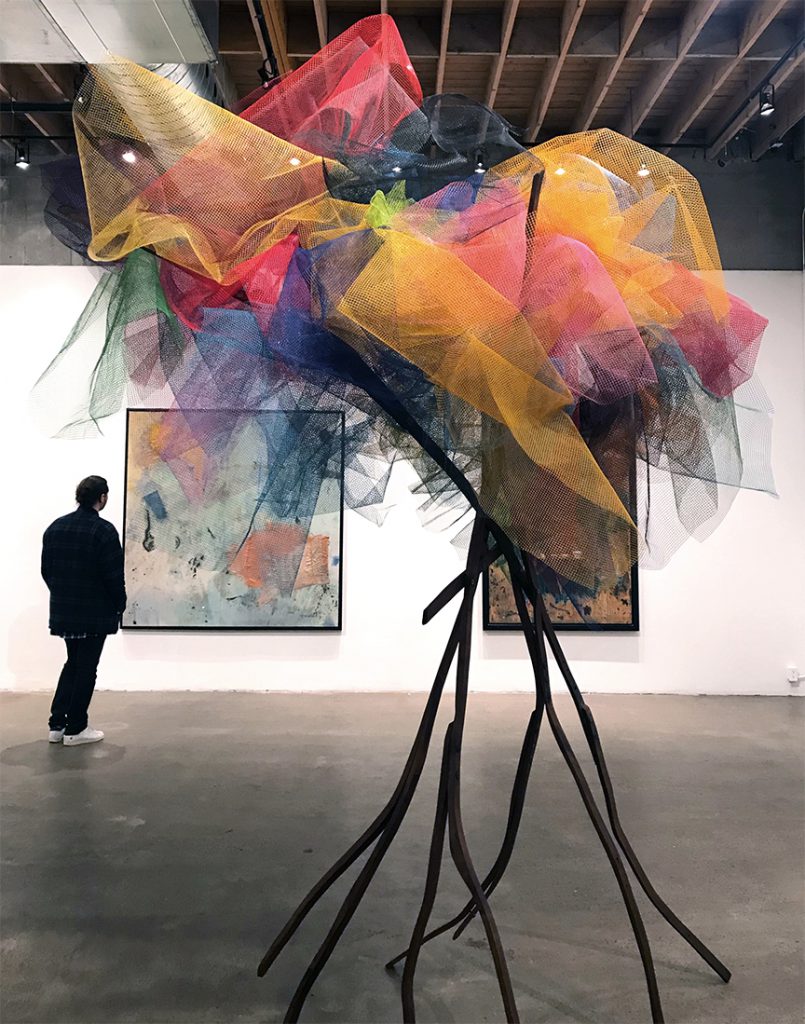
Could you discuss your transition from working in advertising as an illustrator, graphic designer, and art director to becoming a film director, and ultimately returning to your first passion of making art in 2005?
The Rolling Stones have a great lyric that encapsulates my creative journey: You can’t always get what you want, but if you try sometime, you’ll find that you get what you need. My transition to film started some fifteen years before I actually entered the film business. I was happily working away as a designer in charge of house advertising for the London Free Press when the head of our department asked me to create a TV commercial. I had no idea how to create a TV commercial, but not knowing something was never a deterrent for me. After some mucking around I came up with a few ideas, one of which was bought. Then when my boss refused to pay a production company to execute the idea, I interjected that I would shoot it. There was a used 16mm camera for sale at the local camera store. They bought it and I shot it, even though that I had no idea how to operate a camera or how to edit film at the start. But this was the sixties, and with lots of help I shot the commercial. This led to me shooting thirty-two commercials and then becoming partners in a film company and finally moving to Toronto from London, Ontario, to get into the film business. The partnership had not worked out.
Instead of finding my way into the film business, I ended up in the world of the Mad Men as an advertising art director. It was a blessing in disguise. I had fifteen wonderful years in the business, did fun stuff, worked with some great people and some not so great. From the not-so-great people came the biggest lessons, like learning what I didn’t want to be. My early experience with film became an invaluable asset. Over the fifteen years I never once thought of directing; that is, until one day I get a call from an executive producer at a small production company offering me a job as a film director. I turned him down, but he didn’t take no for an answer. I was getting bored of the advertising business; I had done everything that I wanted to do, won every award possible, and I was back playing with my own art, which is what I really wanted to do, but I had two older kids and three young ones. When the executive producer came back I accepted the offer, believing that in between directing gigs I would have lots of time to paint. WRONG! It took almost thirty years before I started to have time to paint. I was too busy having fun, travelling the world, and shooting little stories with a crew of talented people. I loved working with actors, and I loved continually setting the stage for the happy accident.
Then the world changed. I had made a feature film and never wanted to do another one. The quality of the scripts that I was receiving were deteriorating, I had a knee replacement, and I got a cancer diagnosis, which got me rethinking my life. I started to paint, turn down jobs and finally retired. I don’t regret any of it, and in a crazy way all of my dreams have come true, though writing was never a dream. I have been incredibly blessed, but it didn’t come without hard work, mountains of failure, and rejection. I just trusted my instincts, embraced change, always loved a challenge—the cancer being the biggest one—and I learned to accept failure as a gift.
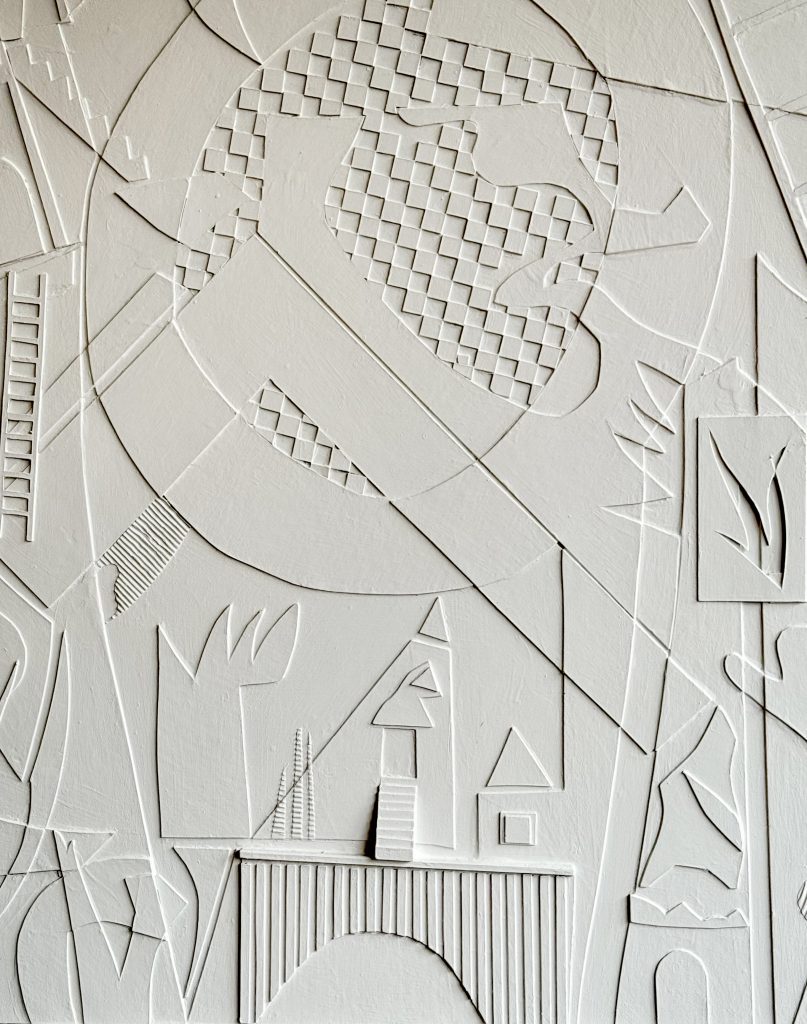
What projects or creative endeavors are you currently working on, and what excites you most about them?
My book launched in November 2023, and in February 2024 I had a large solo show and book signing, and now I am working on a book of poetry. Poetry is very close to my heart, not that I am good at it. Despite any lack of skill, I am showing up and laying down one word at a time. I find that poetry is very akin to the visual work that I do. I see my art as poetic. I like short poems, which may have something to do with the difficulty I have with reading and a short attention span. I also feel that my visual work is going to go through a transition; it is all becoming too familiar, and it may be time to shake it up. I also turn eighty this year.
To purchase Paul’s book Shades of Influence go to Amazon.com or Amazon.ca
Visit PaulCade.ca to find out more about his art and upcoming projects.
